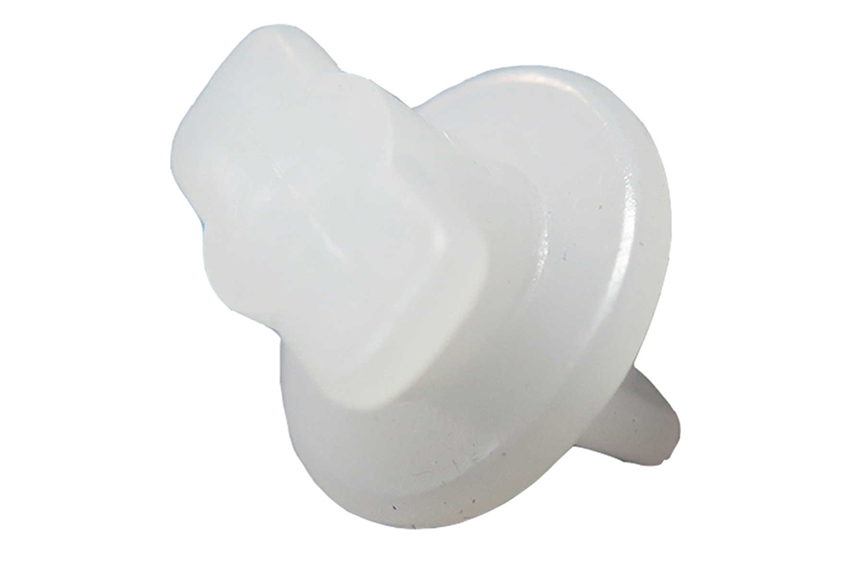

Chromatographic analysis was performed on an Agilent 1200 series (Agilent, Germany) liquid chromatographic system equipped with a binary pump, micro degasser, auto plate sampler, and a thermostatically controlled column compartment. 1) simultaneously and to evaluate the bioavailability of ginsenosides and/or metabolites of American ginseng.Īnalytical System and Chromatographic ConditionsĬoncentrations of ginsenosides and metabolites in plasma were determined using the UPLC/TOF-MS method.

We established a UPLC/TOF-MS method to determine 15 ginsenosides and metabolites ( Fig. In this study, after a single oral administration of American ginseng powder, we collected plasma samples from 6 healthy human subjects. With this method, ginsenoside metabolites at very low concentrations are detected in complex biological samples. Combining UPLC with a time-of-flight mass spectrometry (TOF-MS) detector makes trace compound analysis rapid, sensitive, and selective with peak-assignment certainty for trace compounds ( Guillarme et al., 2010). Existing HPLC conditions can be directly transferred to UPLC without reducing resolution ( Guengerich and Rendic, 2010). With its high speed of chromatographic separation, ultra-performance liquid chromatography (UPLC) has emerged as a powerful method of analysis in pharmacokinetic studies.

Because plasma levels of American ginseng compounds are relatively low, the usual HPLC/UV or HPLC/MS methods are not sufficiently sensitive to detect their metabolites in biological samples. Thus, the C-K in plasma samples must be determined for a bioavailability study of ginseng. Ginsenosides Rd, F2 and compound K are the identified gut bacterial metabolites, of which compound K (C-K) is a major metabolite ( Paek et al., 2006 Qi et al., 2011a). Ginsenoside Rb1 can be metabolized by intestinal microbiota before absorption. In some cases, the proportion of ginsenoside Rb1 is over 50% of the total ( Wang et al., 2006 Qi et al., 2011a). In American ginseng root, the major constituent is ginsenoside Rb1. When this happens, ginseng metabolites, not the natural ginsenosides, are bioactive ( Kong et al., 2009). After oral consumption, ginsenosides may be biotransformed by intestinal microbiota ( Laparra and Sanz, 2010). The pharmacological effects of American ginseng have been observed in the central nervous, cardiovascular, endocrine, and immune systems ( Attele et al., 1999 Yuan et al., 2004 Wang et al., 2007).Īmerican ginseng is commonly taken orally. It is believed that the active compounds in American ginseng are ginsenosides, a group of triterpene glycosides, and more than 90 of them have been isolated ( Qi et al., 2011a). Compared to the long history of use and the copious amount of research on Asian ginseng and notoginseng ( Ang-Lee et al., 2001 Ng, 2006 Lin et al., 2010), studies of American ginseng, especially in humans, are limited ( Yuan et al., 2004). or American ginseng ( Christensen, 2009 Kim et al., 2009 Taira et al., 2010 Qi et al., 2011b). Chen or notoginseng, and Panax quinquefolius L. Meyer or Asian ginseng, Panax notoginseng (Burk.) F.H. There are three major species of ginseng, Panax ginseng C.A. Ginseng has been used for thousands of years in Asian countries. The gradual decrease of Rb1 levels and the delayed increase in levels of C-K observed in human subjects supported previous reports that enteric microbiota played a key role in transforming Rb1 to C-K. The areas under the concentration curves (AUC) from 0 to 12 h were 155.0 ± 19.5 ng Since the last time point was at 12 h, C-K peak level was not observed. C-K was detected from 7 h to 12 h with 7.32 ± 1.35 ng/ml at 12 h. The Rb1 concentration peak was 19.90 ± 5.43 ng/ml at 4 h. Ginsenosides Rb1, Rd, Rg2 and compound K (C-K) were detected in human plasma samples at different time points. Six healthy human subjects received a single oral dose of 10 g of American ginseng root powder, after which samples of their blood were collected at 0, 2, 4, 7, 9 and 12 h for measurement of ginsenoside/metabolite levels in plasma. We used an ultra-performance liquid chromatography/time-of-flight mass spectrometry (UPLC/TOF-MS) method to determine 15 ginsenosides and/or metabolites and their bioavailability in humans. However, the metabolites, especially those transformed by intestinal microbiota, have not been carefully studied. Previous pharmacokinetic evaluations of ginseng in humans have focused on its parent constituents. When ginseng is taken orally, its active components, ginsenosides, are reportedly biotransformed by intestinal microbiota. American ginseng is a commonly used herbal medicine in the United States.


 0 kommentar(er)
0 kommentar(er)
